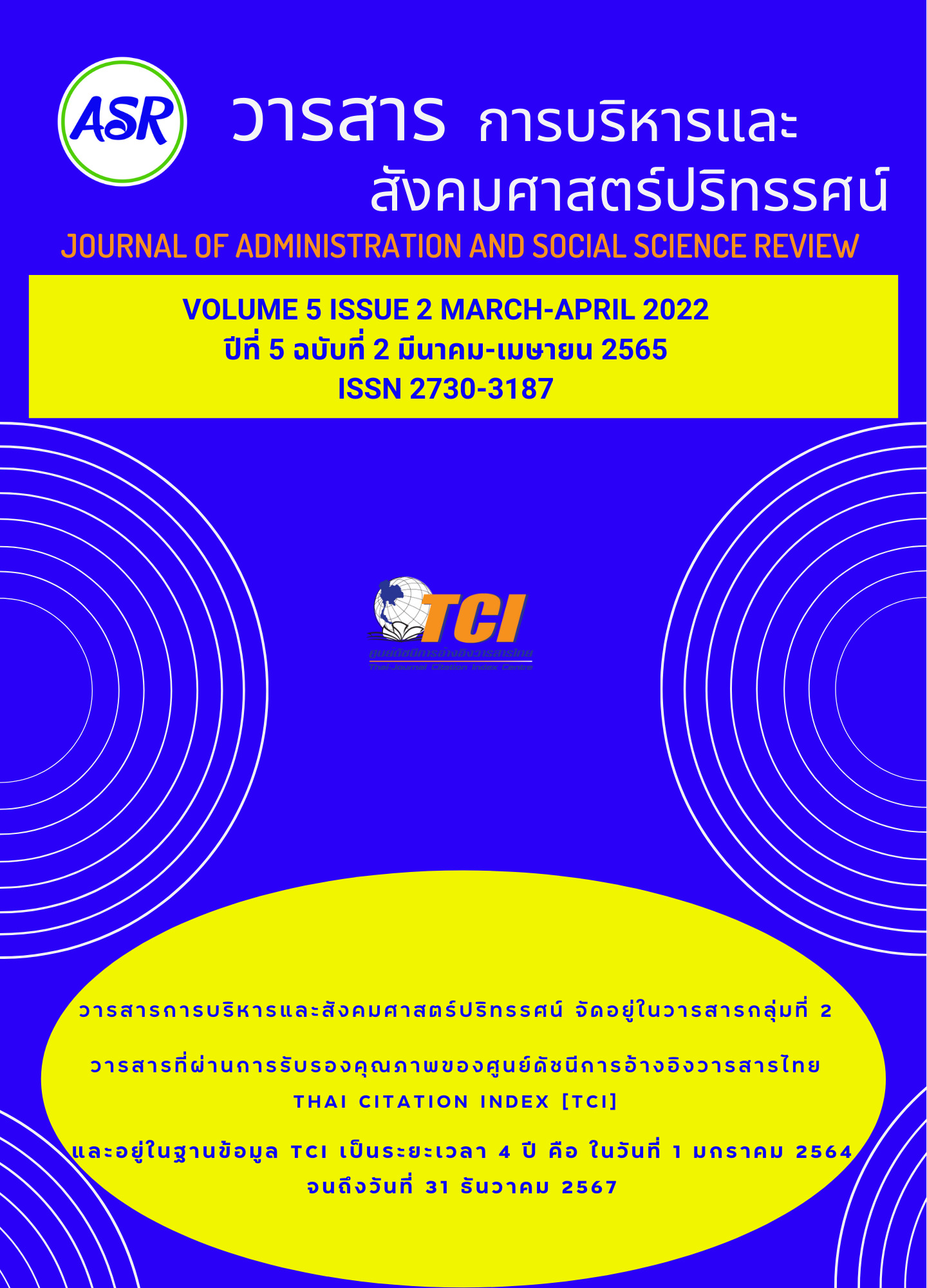Association with the Wise: The Highest Blessing
Keywords:
Association, The Wise, The Highest BlessingAbstract
In the world, there were two types of persons: good or bad. The term ‘good’ or ‘bad’ was referred to ‘good things’ or ‘bad things’ inside those persons, which would also make participants good or bad. Between these two persons, the Buddha said that we had to pay attention to the bad primarily for avoidance. A person would become a bad one-doing nothing good, if he/she associated with that bad person. Similarly, if a sheet of paper were stained with black color, a painting would not be nice even with more additional colors. The type of a person, called a bad person, was said with the word ‘Bala’ or ‘fool’ in Buddhism. The first highest blessing, taught by the Buddha, was to avoid such a person or a fool. That was also dissociation with a fool.
In the second blessing, association with the wise was different from the first in terms of instruction. The first, dissociation with the fool, was an upstream instruction; the second, association with the wise, was a downstream instruction. So, both were not equal in difficulty or ease. In fact, the human mind generally flew or moved towards the same direction. Any instruction, if it were in accordance with the minds of people, was easily agreed. If the term ‘upstream’ were to prohibit from doing this or that, it was very difficult to agree. Otherwise, it was unable to be prohibited as if a boat were paddled against the stream.
Downloads
Published
Versions
- 2022-04-28 (2)
- 2022-04-28 (1)



